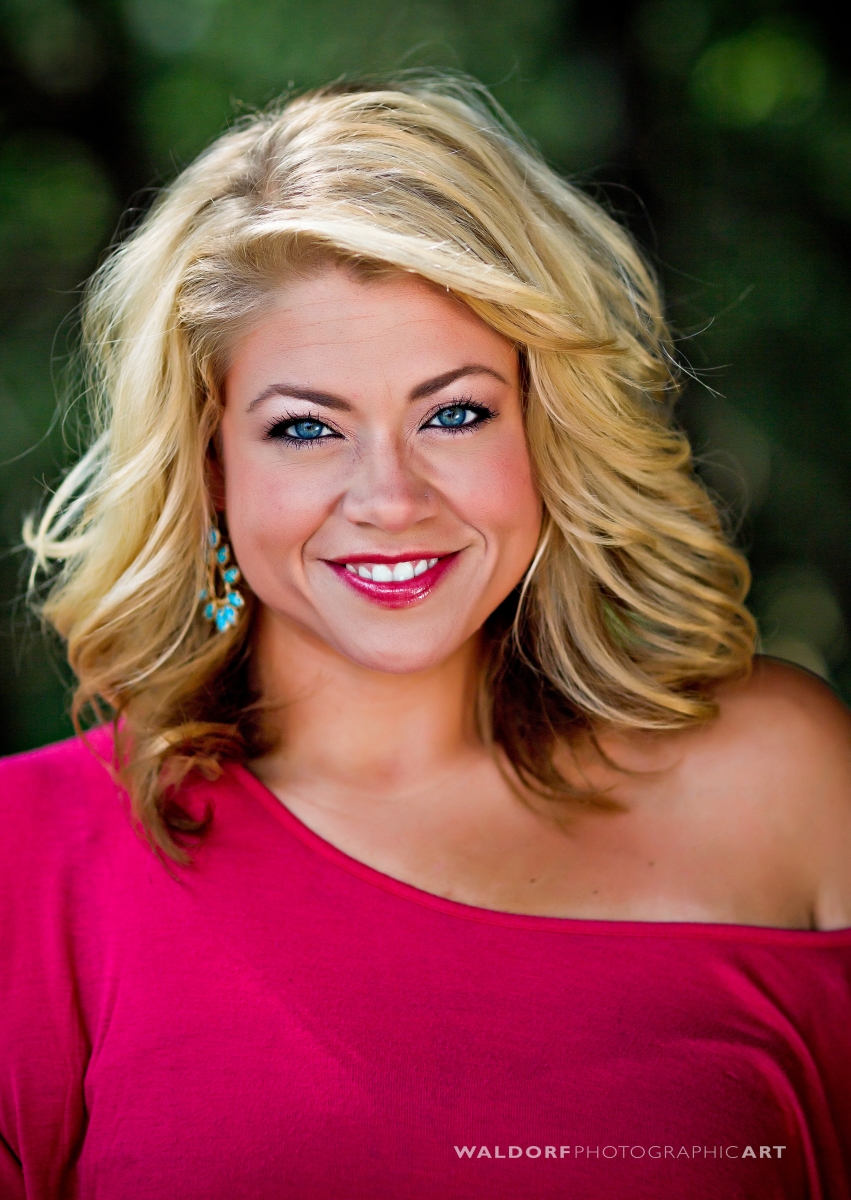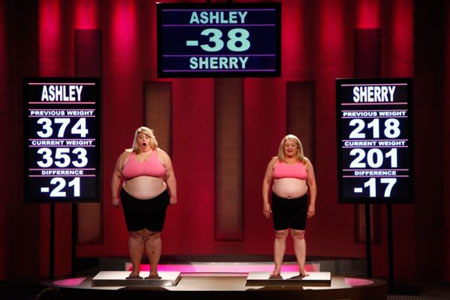Contestants on the weight-loss reality show “The Biggest Loser” are pushed to the limits of physical endurance with hours of workouts that leave them exhausted and questioning whether they can continue in the competition.
 After the first grueling day of exercise in Season 9, contestant Ashley Johnston broke down during an interview and appealed in desperation to her mother and fellow contestant, Sherry Johnston. “What if I can’t do it?” the daughter asked.
After the first grueling day of exercise in Season 9, contestant Ashley Johnston broke down during an interview and appealed in desperation to her mother and fellow contestant, Sherry Johnston. “What if I can’t do it?” the daughter asked.
The mother’s simple reply: “What if you can?”
Those few words—what if you can—became a mantra that helped propel the mother-daughter “Pink Team” through the competition. Sherry Johnston lost 99 pounds, and Ashley lost 183 pounds and was the season’s runner-up in the finale.
Since “The Biggest Loser,” the mother-daughter team has been spreading their what-if-you-can message to patients who are challenged by compliance with CPAP therapy, and to emphasize how important it is to treat obstructive sleep apnea (OSA).
In Season 9 of “The Biggest Loser,” which aired in the spring of 2010, 20 out of the 22 initial contestants had OSA in addition to weight issues. Philips Respironics works behind the scenes at “The Biggest Loser” to provide equipment to contestants to treat sleep, under the medical supervision of Dr. Robert Huizenga.

Sleep was critical to their reality show experience, agreed Sherry and Ashley. “If you’re not sleeping, it affects everything in your life,” Sherry said. At one point, mother and daughter thought of CPAP compliance as their “secret weapon” in the competition.
Since the show, both mother and daughter have worked with Philips to increase awareness of OSA. Sherry says she has come to realize the huge role her TV notoriety can play in focusing attention on sleep issues. She travels nationwide spreading the word about the importance of treating sleep apnea.
The two talk to weight groups and patients and OSA support groups, as well as doctors, sleep
labs and state respiratory care meetings.
“If you’re not compliant and not wearing the mask, it doesn’t do any good,” Sherry said. “It’s your responsibility to take care of yourself and to make it work—don’t stop until you do. What if you can?”
Sherry said her sister, Yvonne Smith, who also uses CPAP, epitomizes the right attitude about the therapy. “When she needs a mask, she shops for them like shoes. She wants something different.” Ashley agreed.
“Anything worth accomplishing is work; so you have to put the work in,” she said. “There are several different masks you can try out; maybe you can adjust the strap or get follow-up care. It isn’t fun in the beginning, but it’s something you need to do to be healthy.”
In retrospect, Sherry says being overweight wasn’t the only way she and her daughter were jeopardizing their health before the reality competition. Not realizing the importance of CPAP compliance was another factor.
“You don’t realize how badly you are living,” she said. “Things happen in your life and you lose yourself along the way.”
Sherry became a widow at age 40 after 18 years of marriage, which set off an emotional tailspin that had disastrous health consequences and finally landed her and her daughter on the reality show.
For Ashley, OSA had been a problem since early childhood. Sherry remembers staying awake at night counting the seconds between her daughter’s breaths and going into her room if she couldn’t hear her snoring or gasping. Ashley now sees good health as a puzzle with sleep as a big piece of it.
“This is something that needs to be addressed in a lot of people’s lives,” Ashley said. “It is affecting their health. It’s a roadblock in the way if you are trying to lose weight, which is hard to accomplish if you aren’t sleeping.”




